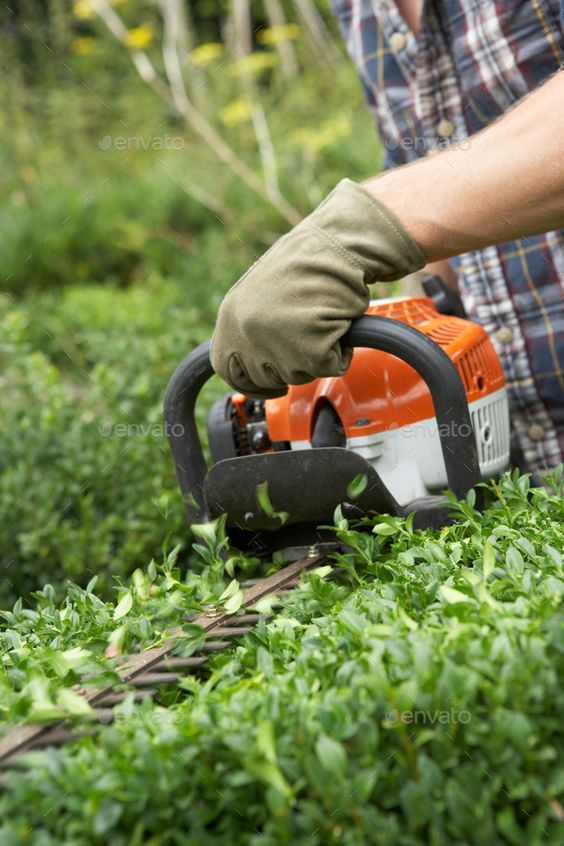All Seasons Landcare Arlington TX Whether you’re starting from scratch or renovating an existing landscape, following these key principles can help you create a beautiful outdoor space that enhances the beauty and functionality of your home.

Here’s a comprehensive guide on how to design a functional and aesthetically pleasing landscape for your yard:
1. Assess Your Needs and Preferences:
Before diving into the design process, take some time to assess your needs, preferences, and goals for your landscape. Consider factors such as how you’ll use the space, your desired aesthetic style, and any specific features or elements you want to include.
2. Study Your Site:
Observe the natural features and conditions of your yard, including sunlight exposure, soil type, drainage patterns, and existing vegetation. Understanding these site characteristics will help you make informed decisions about plant selection, layout, and design elements.
3. Create a Functional Layout:
Design a functional layout that considers the flow and functionality of your outdoor space. Divide the landscape into zones or areas based on different activities or purposes, such as entertaining, gardening, relaxation, and play. Ensure there are clear pathways and transitions between these zones for easy navigation.
4. Consider Scale and Proportion:
Maintain a sense of scale and proportion throughout your landscape design to create harmony and balance. Choose appropriately sized plants, structures, and hardscape elements that complement the size of your yard and home. Avoid overcrowding or overwhelming the space with oversized features.
5. Incorporate Focal Points:
Introduce focal points or focal areas into your landscape design to draw attention and create visual interest. Focal points can include eye-catching elements such as specimen trees, sculptures, water features, or architectural structures. Place focal points strategically to enhance the overall design composition.
6. Balance Hardscape and Softscape:
Achieve a harmonious balance between hardscape and softscape elements in your landscape design. Hardscape features such as patios, pathways, retaining walls, and seating areas provide structure and function, while softscape elements such as plants, trees, and flowers add color, texture, and visual appeal.
7. Select Appropriate Plants:
Choose plants that are well-suited to your climate, soil conditions, and maintenance preferences. Consider factors such as plant size, growth habit, bloom time, and foliage color when selecting plants for different areas of your landscape. Aim for a diverse mix of plants that provide year-round interest and seasonal variation.
8. Create Visual Continuity:
Establish visual continuity and cohesion throughout your landscape design by repeating colors, textures, and patterns. Use plant groupings, mass plantings, and repeating elements to create rhythm and flow within the landscape. Incorporate transitions and connections between different areas to unify the design.
9. Enhance Privacy and Screening:
Create privacy and screening in your landscape design by strategically placing plants, hedges, fences, or walls to define boundaries and block unwanted views. Consider factors such as plant height, density, and placement to achieve the desired level of privacy while maintaining visual appeal.
10. Incorporate Sustainable Practices:
Design your landscape with sustainability in mind by incorporating eco-friendly practices and features. Choose drought-tolerant plants, native species, and low-maintenance landscaping techniques to conserve water and reduce maintenance needs. Consider implementing rainwater harvesting, composting, and energy-efficient lighting to minimize environmental impact.
11. Add Personal Touches:
Infuse your personality and style into your landscape design by adding personal touches and unique elements. Incorporate elements that reflect your interests, hobbies, or cultural background, such as garden ornaments, artwork, or themed garden areas. Create outdoor spaces that feel inviting and reflective of your lifestyle.
12. Plan for Future Growth and Maintenance:
Consider the long-term maintenance and growth requirements of your landscape design as you plan and implement your design. Choose plants and materials that are resilient, adaptable, and easy to maintain over time. Allow sufficient space for plants to mature and grow without overcrowding or competing for resources.
Conclusion:
All Seasons Landcare Arlington TX By following these guidelines and incorporating your creativity and personal style, you can create a beautiful outdoor space that enhances the beauty and livability of your home for years to come.
All Seasons Landcare
Arlington, TX 76006, United States
1-817 – 545 – 8590
